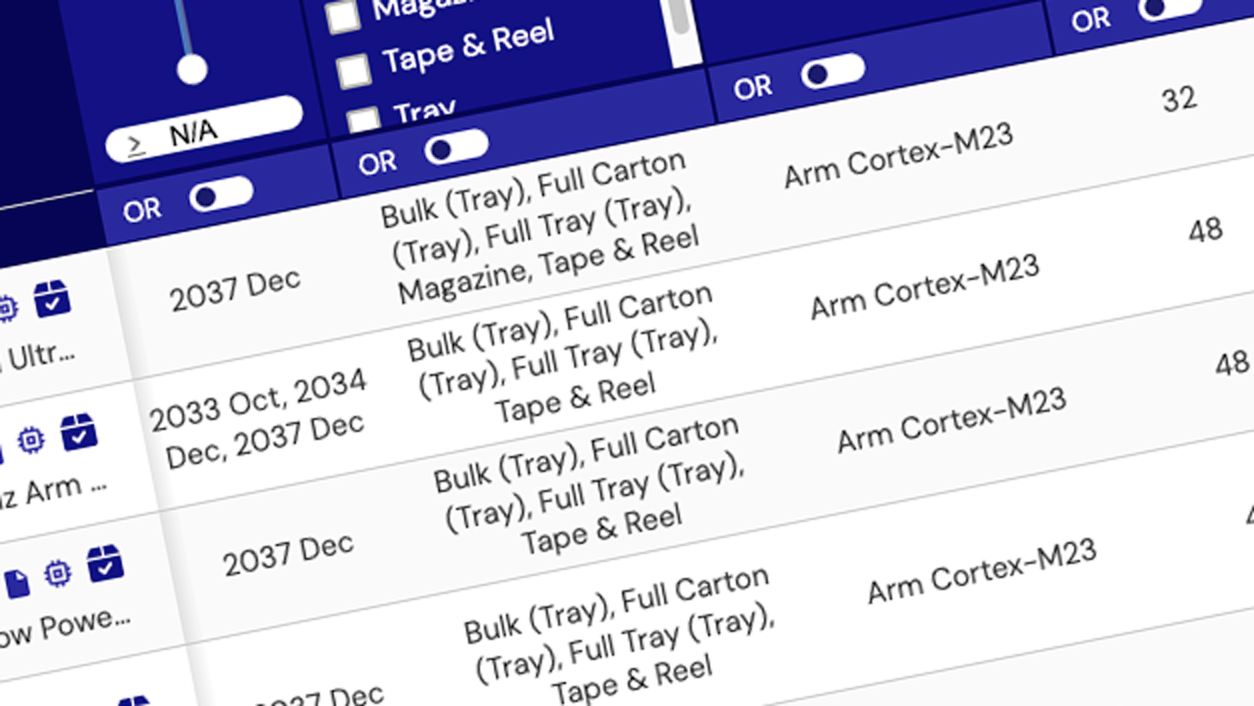Ever-increasing demand by consumers for more data at higher throughput continues to drive systems standards to evolve to address these needs across multiple markets segments and applications. These evolving standards require RF components with much higher RF performance that will improve a system’s Signal to Noise Ratio, SNR, to increase data rates and throughput.
RF switches are an important component used in a majority of these diverse applications requiring a wide variety of design complexity, configurations and performance requirements depending on the needs of each application. Renesas continues to build a portfolio of RF switches with industry-leading performance to address these evolving needs.
About Renesas RF Switches
Renesas offers SPDT, SP4T and SP5T RF switches with Kz constant impedance technology, very low insertion loss, and high input IP3 performance. The high-isolation switches feature wide frequency bandwidth and an extended operating temperature range for high-reliability applications. In addition, Renesas RF switches utilize advanced RF silicon semiconductor technology offering advantages over other technologies such as GaAs:
- Manufacturing robustness in terms of higher electrostatic discharge (ESD) immunity and MSL1 moisture sensitivity-level performance
- Excellent RF performance over temperature with low current drain
- Higher reliability versus GaAs
- Higher levels of integration with simpler packaging assemblies that improve thermal performance and lower total cost
Kz, constant impedance: Kz maintains near constant systems impedance when switching between RF ports. This innovation improves system hot switching ruggedness, minimizes LO pulling in VCOs, and reduces phase and amplitude variations in distribution networks. It is also ideal for dynamic switching between multiple amplifiers while avoiding damage to upstream/downstream sensitive devices such as PAs and ADCs.
Insertion loss: low insertion loss improves overall system performance and data throughput, helping improve receiver sensitivity and minimize unwanted signal loss in the transmitter path. With a typical insertion loss of only 0.5dB at 2GHz Renesas RF switches provide low path loss while maintaining high isolation.
IM3 distortion: as data rates increase to keep up with rising consumer demands, systems require RF components with higher linearity to maintain system signal-to-noise ratio (SNR). The switches were designed to provide an input IP3 of up to 65dBm at 2GHz to help designers maintain high levels of system performance.
High-isolation: as end equipment evolves to include multiple frequency bands and multiple modes, RF switches must possess high isolation to maintain signal integrity and reduce cross talk without sacrificing low insertion loss. The switches maintain a minimum isolation of up to 71dB up to 2GHz between the RF common ports and either RF output port, providing the high isolation designers need to support today’s demanding high-performance applications.
Wide-frequency bandwidth: the crowded RF spectrum combined with short product development cycle-times require components that maintain excellent RF performance characteristics over wide frequency bandwidths. The high-isolation switches are designed to maintain low insertion loss and low distortion over a wide frequency range of up to 300kHz to 8000MHz, meeting the needs of a wide range of broadband equipment applications and minimizing design cycle time.
Extended temperature range: as data rates increase and system enclosures shrink in size, ambient temperatures inside these enclosures continue to rise, driving the need for thermally efficient, higher-reliability, RF switches with improved temperature performance. The switches were designed for a wide range of applications and have an extended operating temperature range of up to -55 ˚C to +125 ˚C. The thermally-efficient monolithic silicon design has excellent temperature stability over this extended temperature range and is well suited for a wide variety of high-performance RF applications.




